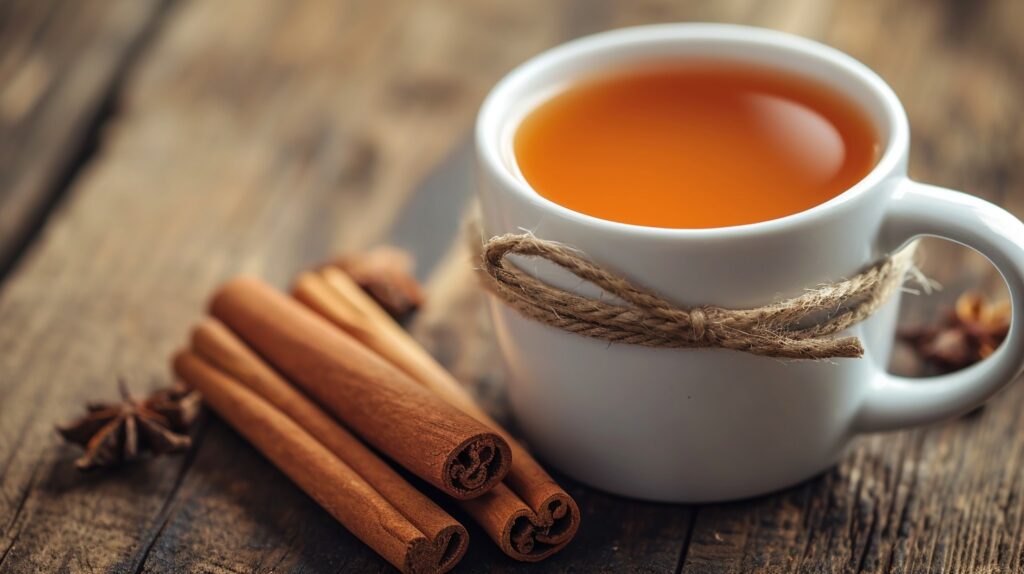In traditional Javanese culture, preventive measures and treatments for masuk angin are rooted in natural remedies and practices. Here are a few common approaches:

- Warming the Body
- Drinking warm beverages, such as ginger tea or herbal concoctions, helps restore warmth and circulation.
- Consuming easily digestible, nutrient-rich foods to replenish energy.
- Scraping Therapy (Kerokan)
- One of the most distinctive treatments for masuk angin is kerokan, a scraping technique that involves using a blunt object, like a coin, to gently scrape the skin. This is believed to improve blood flow and release trapped “wind” from the body.
- Rest and Relaxation
- Allowing the body to recover through adequate sleep and avoiding strenuous activities is essential for recovery.
- Protecting Against Wind Exposure
- Wearing appropriate clothing during travel or in windy conditions helps shield the body from cold drafts.
The Javanese Tradition of Masuk Angin and Its Modern Context
While masuk angin (a Javanese term often equated to the common cold) is deeply ingrained in Javanese tradition, many of its symptoms align closely with modern medical descriptions of conditions like the common cold, mild flu, or even muscle fatigue caused by overexertion. The cultural belief that wind (angin) is the primary cause adds a unique dimension to understanding this condition.
Observations: A Common Phenomenon Across Seasons
Almost everyone has experienced the discomfort of the common cold at some point. It frequently occurs during transitional seasons—between the rainy and dry seasons in tropical countries or between winter and summer in temperate climates.
From a modern medical perspective, symptoms of the common cold or masuk angin—such as fever, muscle aches, bloating, and nasal congestion—are often treated with pharmaceutical drugs. These typically include a combination of:
- Antipyretics to reduce fever.
- Analgesics for pain relief.
- Anti-inflammatory medications, sometimes accompanied by vitamin supplements.
However, have you ever considered the total number of pills consumed to address these symptoms until full recovery? Try converting that into a monetary cost. Now, think about the potential side effects of modern chemical medications—both immediate and long-term effects on overall health.
The Physiology Behind Masuk Angin: An Eastern Perspective
According to Eastern medicine, particularly in Javanese culture, the symptoms of the common cold (masuk angin) are seen as the body’s prolonged physiological response to external exposure. Here’s a closer look at this perspective:
- Vasoconstriction Reaction: The body reacts to prolonged exposure to cold wind by constricting peripheral blood vessels and capillaries. This is an attempt to protect against external elements, such as cold drafts.
- Heat Retention: The vasoconstriction inhibits the release of body heat and blocks sweating, which is the body’s natural way of expelling heat and toxins.
- Scraping Therapy for Recovery: Scraping therapy (kerokan), a traditional healing technique, is believed to restore the body’s balance by improving blood flow, allowing for better ventilation and dilation of blood vessels.
Why Scraping Is Still Widely Practiced
Even in modern times, Javanese people often prefer traditional remedies like scraping therapy over pharmaceutical drugs. Despite the availability of modern medicine, scraping is still considered more effective in providing immediate relief for symptoms associated with masuk angin.
The enduring popularity of scraping therapy is a testament to its efficacy. It is easy to apply, requires no synthetic drugs, and has minimal side effects. Unlike pharmaceutical treatments, which may take time to produce noticeable results, scraping offers almost instant relief, making it a trusted choice for generations.
Conclusion
Whether you believe in the cultural interpretation of masuk angin or view it through the lens of modern medicine, one thing is clear: traditional healing methods like scraping have stood the test of time because they work. While modern medicine has its benefits, exploring alternative therapies offers a holistic approach to health and a connection to cultural wisdom.
cultural wisdom and practical remedies. Whether through traditional methods like kerokan or modern preventive measures, the essence of treating masuk angin lies in recognizing the body’s need for balance and care. The next time you feel fatigued or under the weather, consider these age-old practices that have been passed down through generations.

Leave a Reply